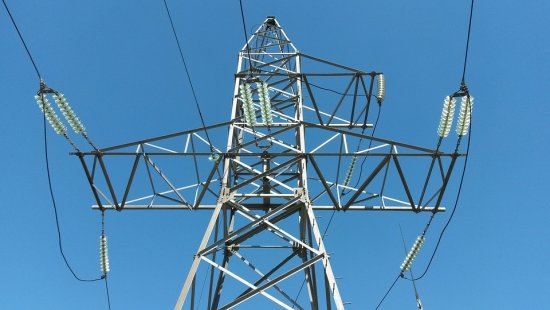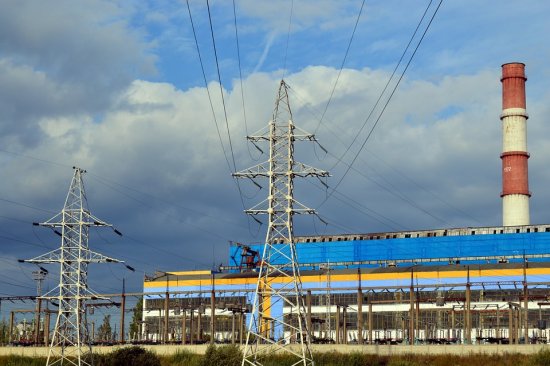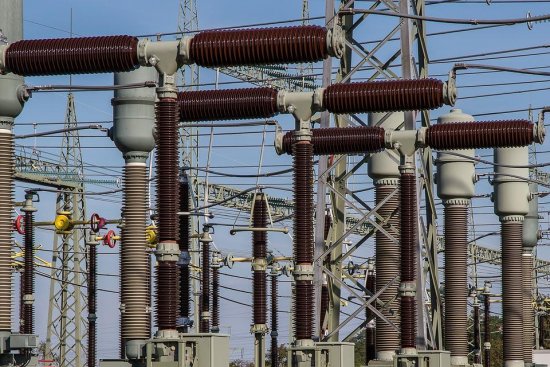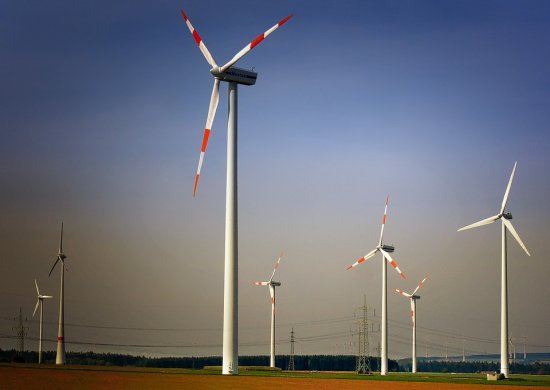Energy Day 2020 — December 22
The Day of the Power Engineer is traditionally celebrated on December 22. All things being equal, everyone whose job is the production, transmission and sale of electricity and heat will traditionally celebrate their holiday on December 22.
History of holidays Energy Engineer's Day
December 22 is significant not only because it is one of the shortest daylight days of the year. This is not the reason it is declared a holiday. In 1920, this calendar date was marked with the adoption of the GOELRO plan. It also sets the path for electrification in the future. Leading experts worked on it, it is planned to be completed in fifteen years.
To contemporaries, the plan seemed fantastic, but nevertheless it became a reality even earlier than expected. At the beginning of the 1930s, electric light came to most cities of the USSR.
Officially, the holiday of power engineers in the country began to be celebrated since 1966, taking the date of adoption of the GOELRO plan as a starting point.But later, in 1980, by decree of the Supreme Soviet of the USSR, it was postponed, tied to the following weekend. Thus two dates appear which sometimes coincide.
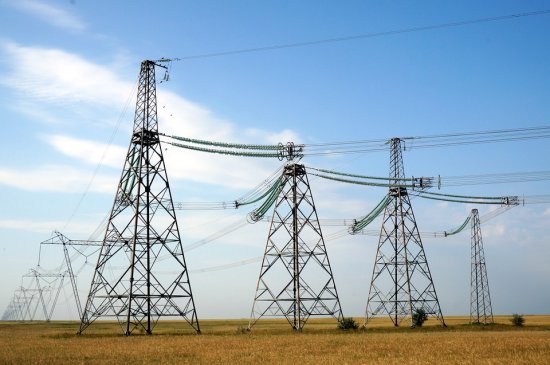
The Day of the Power Engineer is one of the main professional holidays. Respect for workers in the country's energy sector is carried out both at the highest level and in work collectives. Meetings are held, concerts are organized. A new tradition has recently emerged.
This day is timed to coincide with the holding of rallies, actions where the defenders of clean ecology — environmentalists, focus on alternative sources of energy. The Day of the Power Engineer is not only a Russian holiday. It is celebrated on the same day as the Russian Federation in some countries — former Soviet republics, Belarusian, Ukrainian, Kazakh, Kyrgyz, Armenian energy workers.
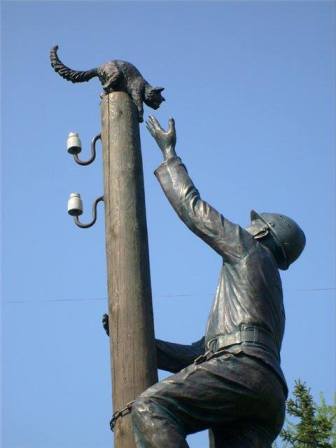
Monument to an electrician in Nizhny Novgorod
The 1920s and 1930s were marked in the history of the country by the large-scale construction of hydroelectric power plants, thermal, which provided the developing industry with electrical energy, without which neither domestic engineering nor machine building would be possible.
In the post-war period, the destroyed energy facilities were restored. And by the fifties, the USSR reached a new level in the production of electricity — construction began nuclear power plants… The atomic potential is still developing, parallel to it, the process of developing the energy of the great rivers has taken place and continues. The modern world is impossible without electricity.
Russian energy
For a long time, Russia has been in second place in the world after the United States of America in terms of the size of the Unified Energy Network.Electricity production per capita in the Russian Federation is quite comparable to that of the most developed countries of Western Europe. It is true that in Europe there are fewer losses during the transportation of electricity and less energy is spent on heating.
Just over a third of the energy produced is consumed by local industry, about a fifth by the residential sector. Due to the long length of the power line, transmission losses are quite significant — more than a tenth of the total energy produced does not reach the consumer.
A large variation in the shares of industry and the residential sector is observed in different regions of the country. So, the industry located in the western part of Siberia has a high energy intensity. The European part of the country is more densely populated and here the residential sector consumes a significant part of the energy.
In the early 2000s, the reforms of the Unified Energy System of Russia began. A wholesale electricity market and retail markets appeared, and new enterprises appeared. Shares of companies producing electricity appeared on the stock market. An independent structure of the Federal Network Company was created, which is controlled by the state. Foreign players have also appeared on the Russian electricity market.
Gas is the main fuel for power generation today. In the course of further reforming, it is planned to use combined cycle plants, which have greater maneuverability, as well as replacing gas with coal.
Russia is one of the few countries that has a full cycle of nuclear power. Nuclear fuel is mined in the country. Explored uranium reserves exceed 600,000 tons.There are also large stockpiles of weapons-grade uranium.
RRussian industry produces nuclear reactors of domestic design, which are successfully operating not only in Russia, but also in other countries. The most progressive development is the reactors with fast neutron technologies. They are many times more efficient than the reactors of previous projects.
Already in the 1980s, it was planned to increase significantly production of electrical energy in nuclear power plantsbut due to the subsequent downturn in the economy, this project was shelved.
Despite the fact that the reserves of the studied nuclear fuel deposits in Russia are much smaller than the gas reserves, the yield in nuclear power plants is significant. Especially in the European part of Russia, where it is over 40 percent. Overall, nuclear power plant capacity is slightly less than one-fifth of all generating capacity.
Significant volumes generate and hydroelectric plants... The total, theoretically calculated, annual energy potential of Russian rivers is about 3,000 billion kilowatt hours.
The development of 850 billion of them is economically feasible. It is true that at the same time the main potential is in the northern and Far Eastern rivers, far from industrial centers and large cities. However, with the increased development of these areas, the potential can be effectively used. Also, the energy hydro potential of the Caucasian regions and the Urals is not fully utilized.
Hydroelectric plants generate one fifth of the electricity generated. Hydroelectric plants play a huge role in smoothing out fluctuations in demand. They can go into standby mode almost painlessly and gain power quickly.
The energy potential of the seas and ocean bays is still underutilized. In some places, the tide reaches ten meters. But there is progress in this direction as well.
On the territory of Russia there is one of the largest deposits of geothermal waters on earth. It is located near the Mutnovsky volcano.
All geothermal fields explored in Russia have a total yield of 300,000 cubic meters per day. Of fifty-six deposits, twenty are exploited in industrial volumes. All operational geothermal power plants are located on the Kuril Islands and Kamchatka.
With the help of wind in Russia, it is theoretically possible to generate more than fifty trillion kilowatt hours per year. The development of 260 billion of them will be economically profitable. And this is a third of the capacity of all power plants in Russia. The most profitable in terms of energy production with the help of wind are the coasts of the Pacific Ocean, the Arctic and mountainous regions.
In the Caspian and Azov Seas, in Primorye, it is advisable to build powerful complexes wind farms to cover their own needs of the regions. In the steppes, wind farms serving individual farms are more appropriate.

